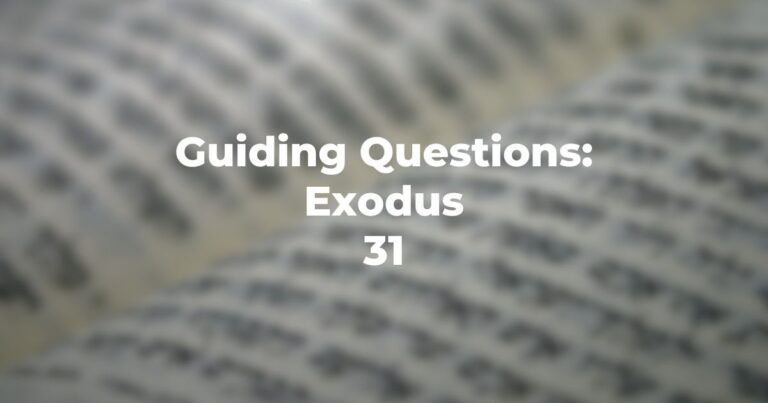- Why does the prophet use the reign of kings to define the time of his “Mission?”
- How does the word “hazon” differ from “nevuah”?
- In what way does Isaiah 1:2 “borrow” from the closing portion of Deuteronomy?
- Is it descriptive, temperate or strongly flagellating and, withal (see Isaiah 1:5-7), is there an overlay of sympathy?
- Although Isaiah 1:10 makes reference to the rulers of “Sedom”, is this actually a cognomen for the rulers in Judea?
- Do Isaiah 1:11-15 indicate a total rejection of karbanot as a mode of worship? Or…
- …Is it a matter of the karban representing one posture, but the action of its “bringer” being the opposite (ritual vs. conduct)?
- Do Isaiah 1:16-17 introduce a theme of “ethical prophecy” — and, if so, what mitzvot do they reflect in action?
- In Isaiah 1:21, to what entity (group, or possibly geographic location) does the prophet make reference with his description of harlotry?
- But, is the consequence destruction without hope — or is there hope (see Isaiah 1:25-26)?
- What is the essential emphasis of the prophet in terms of the need of the people?
- How does this relate directly to Genesis 18:19?
- Yet, does the chapter end on a note of hope or a note of stern warning?
Author
-

Exploring Judaism is the digital home for Conservative/Masorti Judaism, embracing the beauty and complexity of Judaism, and our personal search for meaning, learning, and connecting. Our goal is to create content based on three core framing: Meaning-Making (Why?), Practical Living (How?), and Explainers (What?).
View all posts




